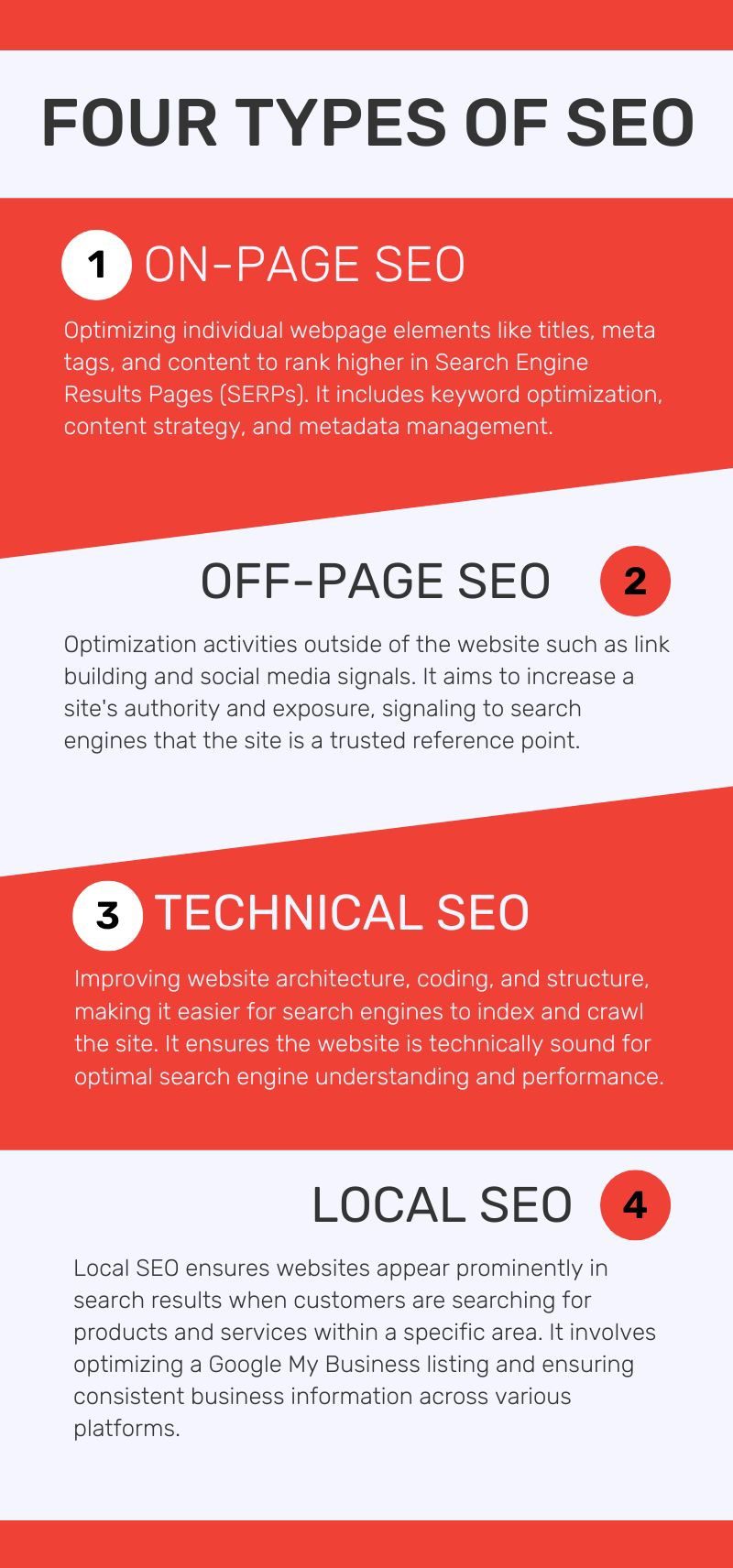Voice and Mobile Search, Optimizing for the SEO Revolution
Introduction
Voice and mobile searches are not just changing the landscape of search engine optimization (SEO), but they are also revolutionizing the way we access information. These advancements, courtesy of technology, have brought a massive transformation in user behavior. Voice-activated assistants like Amazon’s Alexa, Apple’s Siri, and Google Assistant are now common household items, and smartphones have become an indispensable part of our lives. The surge in their usage has brought about a shift in the way we conduct online searches.
By the end of 2023, it is expected that half of all online searches will be voice-based, according to ComScore[1]. Moreover, mobile searches now account for over 60% of total searches worldwide as per Statista[2]. These significant statistics underline the need for businesses to reconfigure their SEO strategies to accommodate voice and mobile searches, to ensure they remain competitive in the digital marketplace.
The Importance of Voice and Mobile Search
Voice and mobile search hold immense importance in the current digital landscape. They are the technological bridges that cater to contemporary user behavior and make information easily accessible at all times. Voice search allows for hands-free, instantaneous searches, significantly improving user experience. For instance, someone driving can ask their voice assistant for the nearest gas station or coffee shop without having to divert their attention from the road.
Meanwhile, mobile searches bring the world of information to users’ fingertips, anytime, anywhere. Be it a last-minute recipe search in the kitchen or looking up movie reviews on the way to the cinema, mobile search is there to provide quick, convenient answers.
By optimizing for voice and mobile search, businesses can offer a more satisfactory and user-friendly experience, which could translate into higher customer satisfaction and increased conversion rates. Furthermore, as Google has migrated to a mobile-first indexing system, mobile-optimized websites are more likely to achieve better ranking positions.
Understanding Voice Search SEO
Voice search SEO refers to the process of enhancing your digital content to increase the likelihood of it appearing in voice search results. When we consider the nuances of voice searches, we find that they are usually longer and have a conversational tone. For example, while a user might type “weather New York” on a desktop, they might ask their voice assistant, “What’s the weather like in New York today?”
Recognizing this change in search patterns can help businesses optimize their content. They can start by using long-tail keywords and creating content that answers specific questions. For instance, a bakery’s website could feature a blog post answering the common question, “How to make a sourdough starter?” This aligns with the conversational tone of voice searches.
Employing structured data markup can also boost voice search SEO. This kind of data helps search engines better understand the context and content of your web pages, thus increasing the chances of your website showing up in voice search results.
Website speed is another critical aspect of voice search SEO. Users utilizing voice search often expect quick answers. Thus, if your website takes longer to load, it can affect its voice search ranking.
Understanding Mobile Search SEO
Mobile search SEO involves optimizing your website for viewing and interaction on mobile devices. Unlike voice search SEO, mobile search SEO focuses on the user experience on mobile devices. Given the smaller screen size and different user behavior on mobile, it’s vital to ensure websites are responsive and user-friendly.
An online store should implement a responsive design to ensure all users, regardless of their device’s screen size, can easily browse and purchase items. Also, the website should load quickly as mobile users often have limited patience for slow-loading websites.
Certain elements like pop-ups and Flash should be avoided as they can disrupt the mobile user experience. A pop-up that covers the entire screen on a mobile device can lead to user frustration and increase the chances of the user leaving the site.

On-Page SEO
Focused on the optimization of content on your website to improve its visibility to search engines and its usability for visitors.
For example, this might involve incorporating specific keywords into your blog posts, page titles, and meta descriptions. You might also improve the readability of your articles by using bullet points, subheadings, and relevant images. Let’s say you’re running a bakery website; your ‘About Us’ page might be optimized to include keywords like “artisanal bread”, “locally sourced ingredients”, and “family-owned bakery”.
Off-Page SEO
Actions taken outside of your website that improve your search engine rankings, predominantly through building high-quality backlinks.
For instance, you might collaborate with a popular food blog, asking them to review your bakery and link back to your website in their article. Not only drives traffic from the blog to your site but also signals to search engines that your site is trustworthy and offers valuable content.
Technical SEO
Enhancing your website and server to allow for more effective crawling and indexing by search engines, subsequently improving organic rankings.
Examples of this might include optimizing your website’s load speed, ensuring your site is mobile-friendly, and creating an XML sitemap. If your bakery’s website is slow to load, users might abandon it before they even see what delicious bread you have to offer. By improving load speed, you enhance user experience and improve your site’s visibility in search results.
Local SEO
Especially useful for businesses with physical locations, it works to optimize your site to attract more customers from relevant local searches.
Involves claiming your business listing on Google Business Profile Manager, encouraging customers to leave reviews, and ensuring your business’s name, address, and phone number are consistent across all online platforms. For your bakery, this would mean when a user searches “Bakery near me”, your business would appear in the local search results, driving more foot traffic to your store.
Conclusion
The advancements in voice and mobile search represent a significant turning point in the world of SEO. By understanding these developments and optimizing your website accordingly, your business can remain relevant and competitive in the dynamic digital landscape.
With the continued growth in the use of voice assistants and smartphones, these trends show no signs of slowing down. It’s time to take action and optimize your digital content for the new age of voice and mobile search, and stay ahead of the SEO revolution. As a business owner, the question you should ask yourself is not whether to optimize for voice and mobile search, but how soon can you get started. The sooner, the better.
